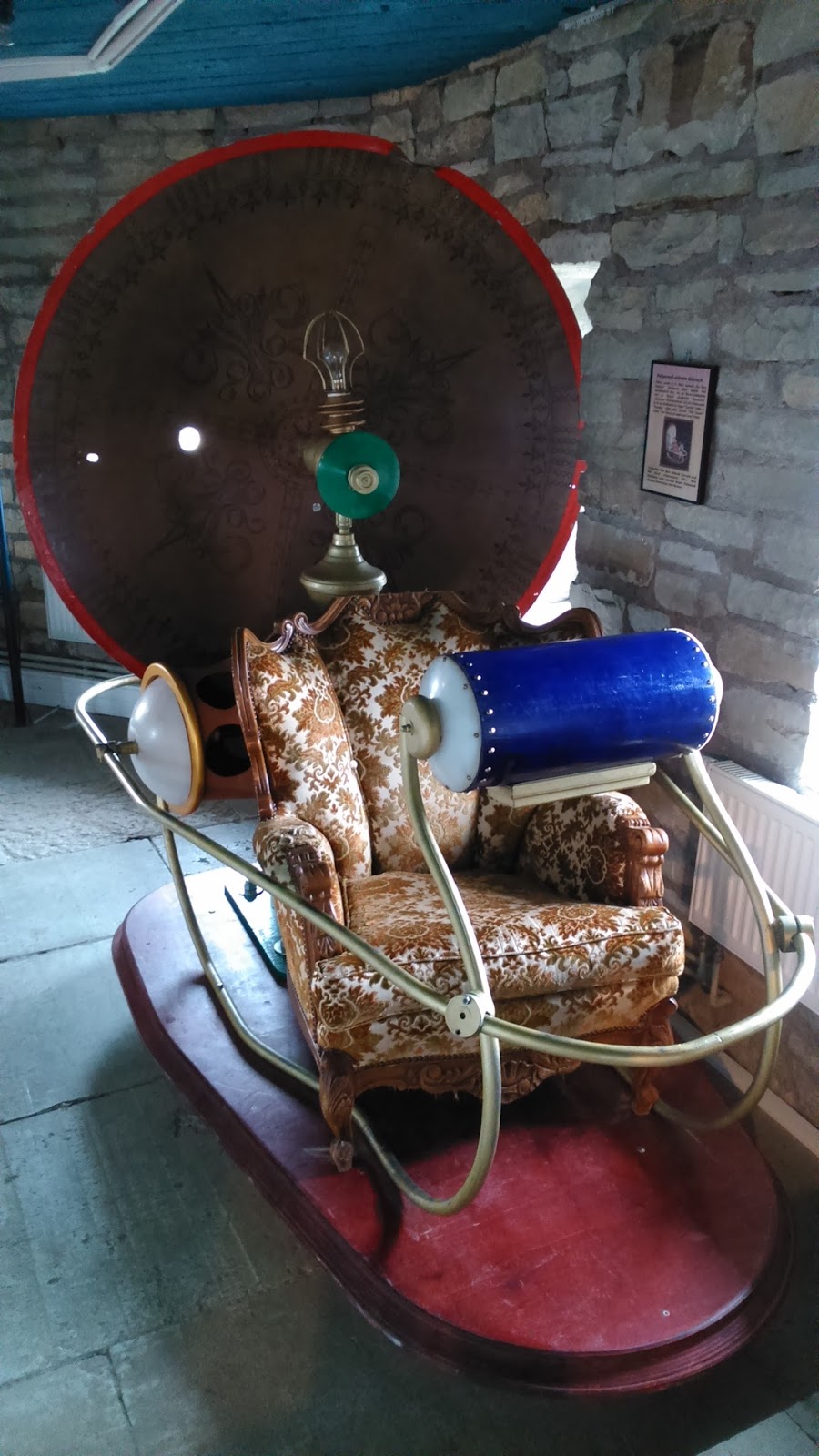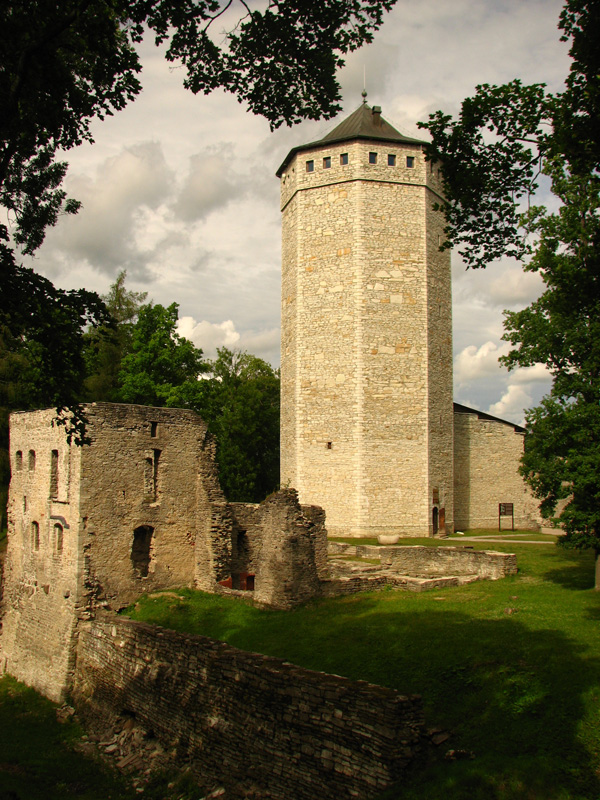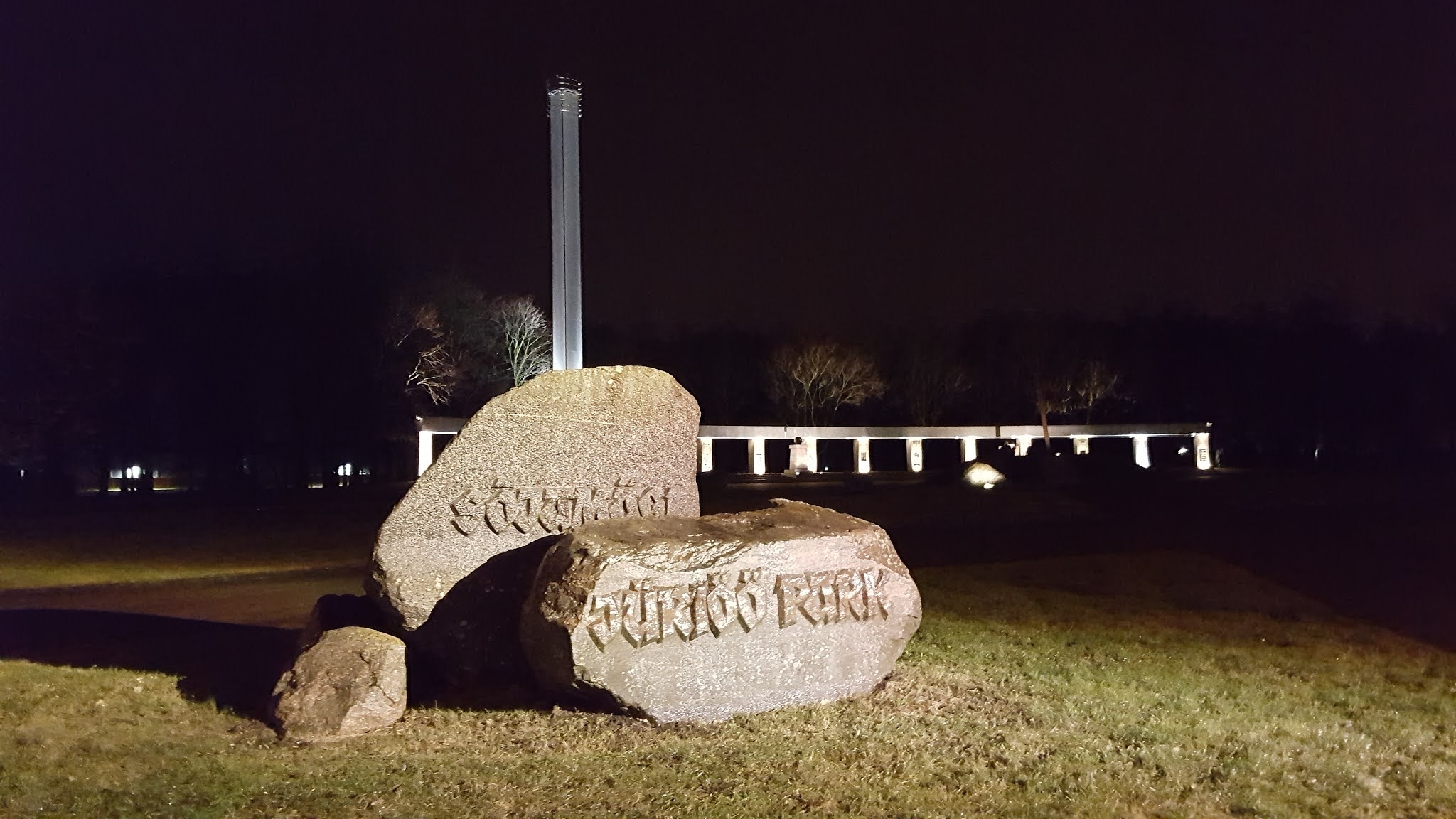This blog post was written by Marina Loch. Marina originally came to Estonia for the Erasmus exchange semester during her undergrad studies, but loved it so much that she is now doing Veterinary Medicine PhD at Estonian University of Life Sciences.
This year, Independence Day is a bit strange. It is a day of great celebration, Estonia’s 105. birthday, independence from Russia – but it is also the anniversary of Russia’s brutal attack on Ukraine. It’s a day were we stand strongly with Ukraine, show our support. A day to fight against Russia. And a day to be reminded why Estonia feels so strongly connected to Ukraine, so clearly against Russia.
The enormous solidarity with and support for Ukraine is not a new phenomenon. Many Estonians are prejudiced towards Russians, and it is often said that Russians who have lived in Estonia their entire life are still more comfortable speaking Russian than Estonian.
But sometimes, it’s not just Russians that Estonians are wary of. It can be everyone who is “foreign”.
As international students, we find ourselves in a culture and mindset different from what we grew up with, what we are used to. To integrate well, to understand another culture, we should look at the history – it can tell us where this guardedness towards anything foreign, and the distrust towards Russia stems from.

I come from a culture that seems quite similar to Estonia’s. The traditional music is similar, the food, the climate. The differences are small. I look so similar to Estonians that nobody notices me (until we have a longer conversation and I start struggling for words). But not everyone has this privilege. If someone speaks with an accent, two possibilities are assumed: their mother tongue is Russian, or they were born outside of Estonia. Who would have immigrated here before the nineties?
Estonia is a young country, completely free only for a little over thirty years, but also we are about to celebrate the 105th birthday. Estonia has a long history of domination by other nations.
So let’s have a look. If you’re into early history and a little adventure, check out the museum in Paide’s order castle tower that provides a unique experience.

The early Estonians were minding their own business in agriculture when the crusaders showed up in the early 1200s. Churches and monasteries were built, Estonia (today’s Northern part of Estonia) and Livonia (the Southern part of today’s Estonia, and Latvia) were to be converted to Christianity. The crusaders came form Germany, but the Danish also had a say, and it is believed that the name “Tallinn” is derived from taani linn – “Danish city”, as it was built under the Danish king Waldemar II, who assigned the Lübeck Law to the city. In 1227, the Germans took over, brought Tallinn under Catholic rule, and, as they always do, assigned a German name to the city: Reval. And while there was some back and forth between the two occupying forces, the Germans remained powerful for centuries. But I’m getting ahead of myself.
The years 1343-1345 provide a historical event with which you can show off your Estonian pronunciation skills: Jüriöö ülestõus – the Saint George’s Night Uprising. It started in Saint George’s Night, April 23, 1343. The Estonians wanted their country back and burned down buildings of the rulers, killed Danes and Germans all over the place. They were, in the end, unsuccessful, but the Danes left, and Tallinn, with the Northern part of Estonia, now belonged to Germans.

The Danes and Germans were not the only ones. The Swedes also wanted a piece of the cake, and mainly settled in coastal areas (there are still some small places where street signs are both in Estonian and in Swedish!). It was the Swedes who, after the Reformation, spread Lutheranism in Estonia and Livonia (and if you meet religious Estonians today, they are most likely Lutherans).
To make everything even more complicated, part of Livonia belonged to Poland. In the Livonian War (1558-1583), Russian czar Ivan IV tried to conquer Livonia, but lost it to Sweden and Poland. From 1629 to 1917, the division Livonia (Northern Latvia and Southern Estonia, under Polish rule) and Estonia (Northern Estonia, first under Swedish rule), remained.
The Swedish era is sometimes referred to as “Golden era”, as the Swedes promoted autonomy and education of the Estonian peasants. It was Swedish King Gustav II Adolphus who established the University of Tartu in 1632. The Germans, or rather, Baltic Germans, managed to keep their powerful positions throughout the centuries: while Estonians were mainly peasants and servants, the Baltic Germans lived in mansions, made a lot of money, and kept German as official language of the Tallinn government until 1889.
After the Swedes came the Russians, who won Estonia and Livonia in the Great Northern war (1700-1721). Estonia was part of the Russian Empire from 1710, but still, the Baltic Germans remained the upper class. Estonians were enslaved until 1816 (Estonian part) and 1819 (Livonian part). Starting in the 1850s, and this was even supported by some of the Baltic Germans (the Estophiles), a “cultural awakening” took place, and the Estonian language became more than the language of the uneducated peasants – now, there was Estonian literature, Estonian poetry, Estonian newspapers. The Russian revolution (1905) was a hit to Russian czarist power, an Estonian congress was built, and in 1917, Estonia became a nation. A provisional parliament (Maapäeav) was organized, and Estonia and Livonia were unified to resemble Estonia as we know it today. The Estonian Declaration of Independence was issued on February 23, 1918. Estonia was a free republic. Finally. The day after that is what we nowadays celebrate as Independence Day. A War of Independence followed, but on February 2, 1920, The Tartu Peace Treaty was signed, and Russia had to officially recognize Estonia as a sovereign state. Another day to celebrate.
Photo credit: Andrus Reinmann
The first period of independence lasted only 22 years, but is so full of chaos that I can’t really get into it now. Establishing a government after centuries of foreign rule is not easy. Konstantin Päts, who had been the Prime Minister of the Maapäev (and is thus known as Estonia’s first prime minister) became head of state in 1934 and started an authoritarian rule known as the Era of Silence (1934-1940). Then, in the Second World War, Soviets and Germans gained power of Estonia multiple times, thousands of Estonians were deported to concentration camps by the German Nazis and to Siberia by the Soviets. In July 1949, Estonia became a Soviet Socialist Republic and became part of the Soviet Union. Estonians were executed and deported by the Soviet Regime, a reign of terror started. Two big waves of deportations to Siberia, in June 1941 (about 10,000 Estonians were removed from their homes and families), after which the Germans took control again for three years, deporting Estonian Jews; and, after the Soviets got their power back, in March 1949, where over 20.000 Estonians were deported to Siberia.
The Baltic Germans finally left, as did the remaining Swedes, and a significant number of Russians were relocated to Estonia. During the Soviet times, there were things people could not decide freely, some where just told where to move and many were afraid of getting deported. Russian became the official language; Estonian culture, celebrations, and songs were prohibited. The panel building blocks of five or nine storeys that even now, the majority of the Estonian population lives in, were built in the Soviet times. But in the 1980s, the Estonians started to regain power. Political parties were founded, protests took place, and in 1988, the so-called Singing Revolution (yes, songs in Estonian language were sung in public again!) lead to the Declaration of Sovereignty. On August 23, 1989, the Baltic citizens built a human chain from Tallinn via Riga to Vilnius. After some more turmoil, Estonia declared its Independence on August 20, 1991 – which is now celebrated as the Day of Restoration of Independence. A new government was established (Riigikogu), and a new currency was introduced: the Eesti kroon (Estonian crone). It took until 1994 that the last Russian forces left Estonia. Now, the Estonians could show their true power and resilience: emerging from an economic crisis and a long history of occupations, the young nation became known as the Baltic Tiger, the European Silicon Valley, became a member of the EU in 2004 and joined the Eurozone in 2011.
The relationship with Russia and with the Russians living in Estonia remains complicated, tense. Other former Soviet countries are viewed as brothers and sisters.
The Estonian people are used to being oppressed by foreign forces, they are used to helping each other out, and they highly value their culture, their folk songs and flag that were forbidden for so long. What to do with a person who was born in the Soviet Union and suddenly found themselves in Estonia, being regarded as Russian, but not knowing any other home than the city of Narva? How to handle the Soviet heritage?
There are many questions I cannot answer. But this Independence Day, it is clear that Estonia will condemn Russia for the war, the war crimes. Estonia stands with Ukraine. And Estonia proudly raises the Estonian flag.
And we, as international students, should keep in mind this turbulent history of Estonia that explains why Estonians sometimes like to stick to themselves, and take some time before trusting others. And if we have a chance to stand among Estonians when they sing songs like “Ta lendab mesipuu poole” (“He is flying to the beehive”), or “Koit” (“Dawn”), or “Mu isamaa on minu arm” (“My fatherland is my love”) and cry tears of all the emotions, we should raise our Estonian flag, too, and be carried with those emotions.
